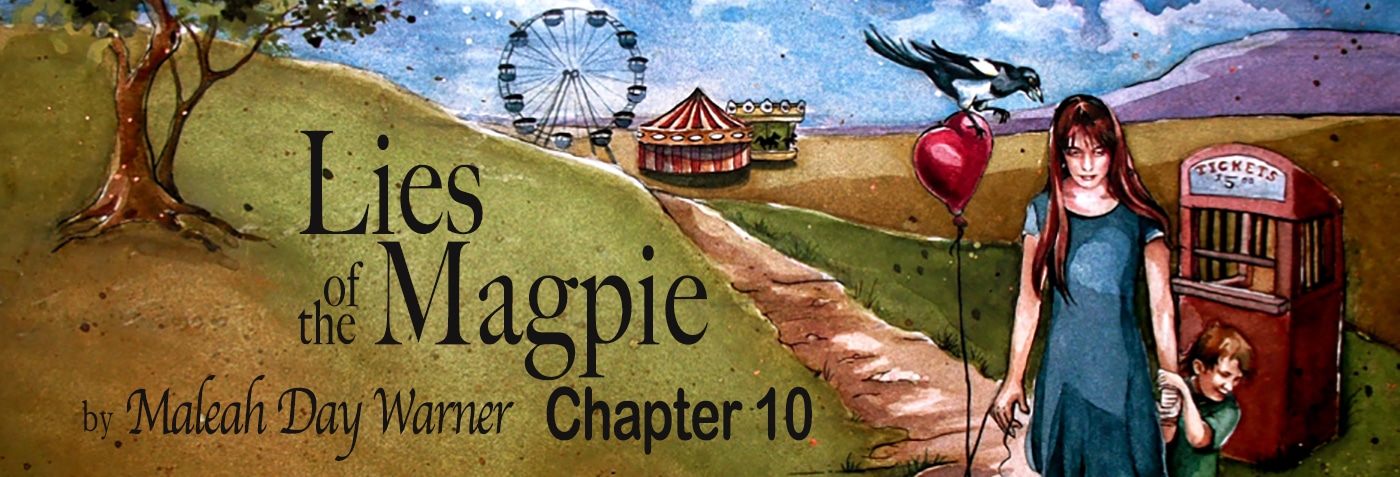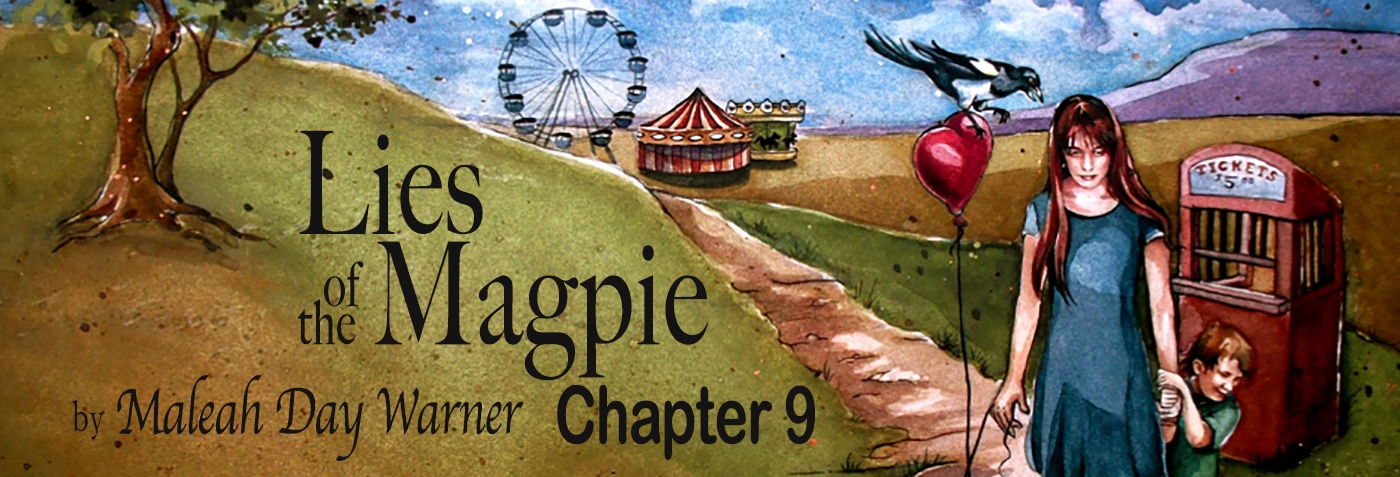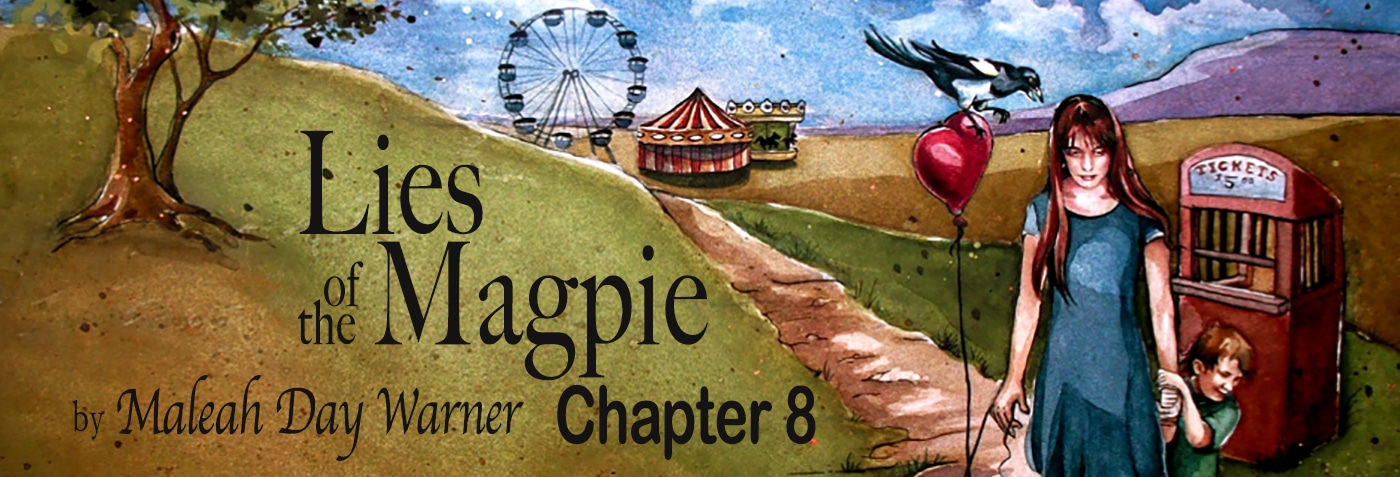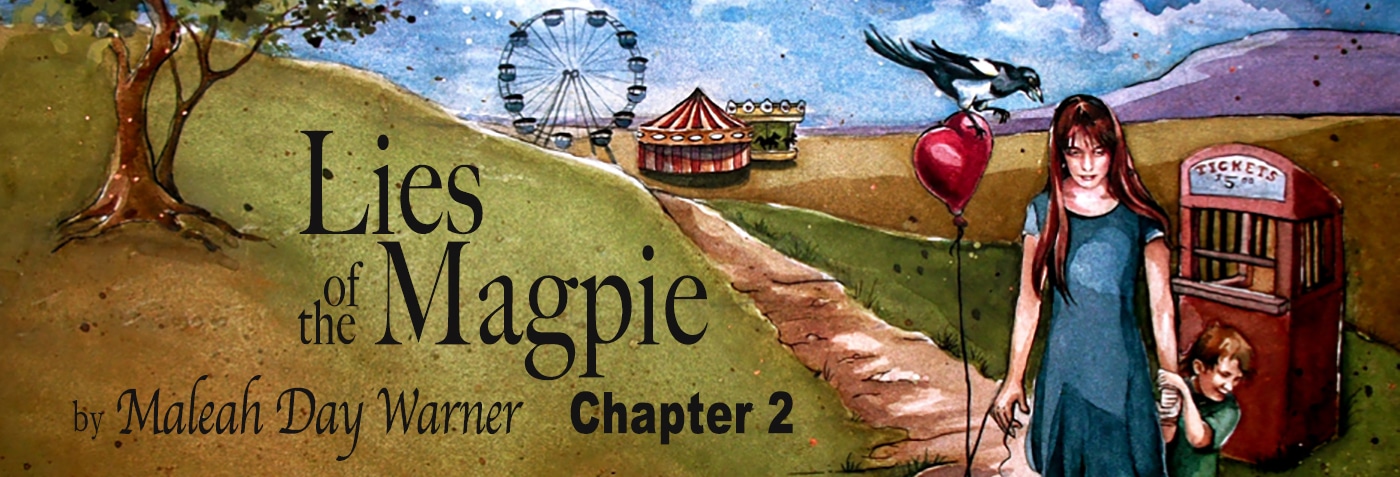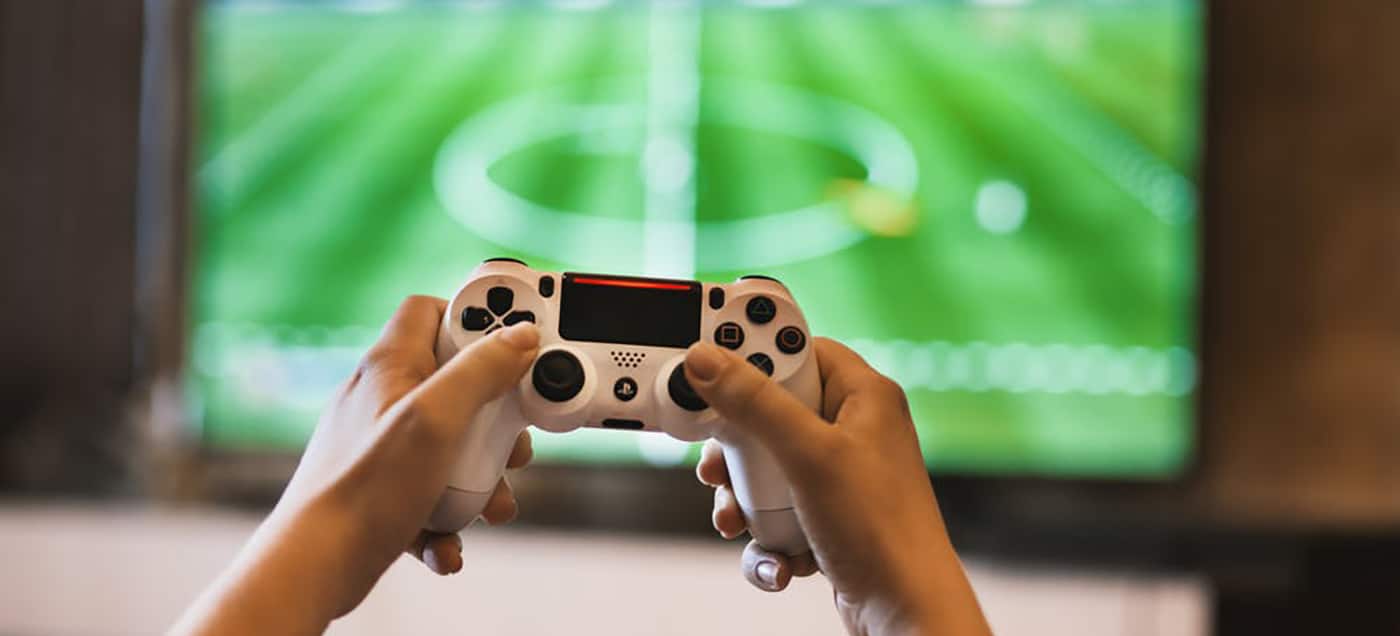Podcast: Play in new window | Download
Subscribe: Apple Podcasts | Google Podcasts | Spotify | Email | RSS | More
Ep. 32 Left at the Table
Three is the hardest number of children.
We adored Tanner, but adding the third child threw us completely off balance. For several months after bringing Tanner home from the hospital, we struggled to find our groove. “I’ve got Danny,” Aaron would say taking Danny by the hand when we’d arrive at a baseball game, a neighborhood swim party, or a church barbecue. I’d hoist Tanner’s car seat with two hands and balance the over-flowing diaper bag on my shoulder. Aaron would look at me, I would look at Aaron, and we’d both look at Kate who was poised ready to sprint away the second one of us unbuckled her safety belt. “I’ve got Danny and Kate,” Aaron would concede.
With two parents and three kids, there always seemed to be one child left unattended. It used to be that I would cut Kate’s meat and Aaron would help Danny. Now, during dinner, I sat on the couch nursing Tanner. “Kate, why aren’t you eating?” Aaron chastised. Kate looked up shyly, “Nobody cut my meat.”
The worst was the day we drove out of the neighborhood. I knew something felt off…“Go back! I left Tanner.” I unlocked the front door and came out carrying Tanner’s car seat. He’d been buckled in and was waiting on the living room floor to be carried to the car.
We carried on like this, completely off-kilter until a miraculous thing happened in July. Annice and Calvin went to Hawaii and left their three kids with us. We became parents to six kids under the age of nine. Annice showed up one week later with a gorgeous tan. I hadn’t brushed my own teeth in seven days. Going from six kids back to three seemed to reboot our system, and Aaron and I found a good rhythm balancing our own Danny, Kate, and Tanner.
Tanner was an easy baby an once again I began to wonder if being a mother was enough. Should I be doing more?
In the fall, Danny started preschool, Aaron went back to night school to become a Certified Financial Planner, and I started a part-time job selling advertising and writing articles for a local magazine. I thought it would be the perfect outlet for me—a way to keep my intellect sharpened and get out of the house a few hours a day. After two weeks, it was obvious the job situation wasn’t working. By the time I buckled the three kids into my car, dropped them off to three different locations, and drove twenty minutes to my sales area, I had forty minutes to contact business clients before it was time to pick up Danny from preschool.
“You’re always the last mom here,” Danny would say, the sweat dripping down his face from waiting outside for me.
One night in bed I leaned up on one elbow and told Aaron, “I need to quit my job.” I hoped he would say, “I agree. I don’t know how you keep up with three kids, working in the morning and teaching piano lessons in the afternoon.”
Instead, he said, “Why?”
“It’s too much,” I rambled. “I’m always late to pick up Danny, Tanner doesn’t get a good morning nap, and the money I make barely covers Kate’s babysitter. The kids are cranky. When I started working for the magazine, Tanner stopped sleeping through the night. I don’t think he’s getting enough milk. I’m tired. I’m falling asleep during piano lessons.”
“It’s only a few hours a week,” Aaron said.
“By the time I get everyone dressed, out the door, buckled into the car, dropped off and picked up again, it takes the whole morning.”
“You’re the one who wanted something productive to do,” Aaron offered.
I called my boss and told him my decision. “I wondered how you kept it going so long,” he said.
After that, I decided to slow down. Three kids took a lot of time. I needed to make a conscious effort not to over-schedule myself.
In December, Aaron asked if we could have his Client Christmas Party at our house.
“No,” I said.
“Why?” he asked.
“Because our house has only second-hand furniture and I have no idea what to cook for retired millionaires who have dined in the best restaurants around the world.”
“It wouldn’t have to be fancy,” Aaron argued. I held my ground.
The next day, while Aaron was at work, I saw Laiah sitting on my window sill. I hadn’t heard from her in a few months. “Aaron is disappointed with you. Your house should be more nicely decorated. That is your job as a homemaker. And you should know how to cater fancy work dinners. Your husband should be able to bring his clients home any time.”
A week after I declined hosting the client party, Aaron said, “Let’s drive to Utah for Christmas this year.”
“No,” I said again. “Why?”
“Because it’s been four years since we stayed home for Christmas. I want to have our own family Christmas at our own house where we can open presents and play with toys all day and never change out of our pajamas. I want to relax and enjoy Tanner’s first Christmas.”
“You can relax in Utah,” Aaron answered. I stood my ground.
Listen to the full chapter here: Chapter 10
Listen to past chapters here: https://maleahwarner.com/podcasts/

